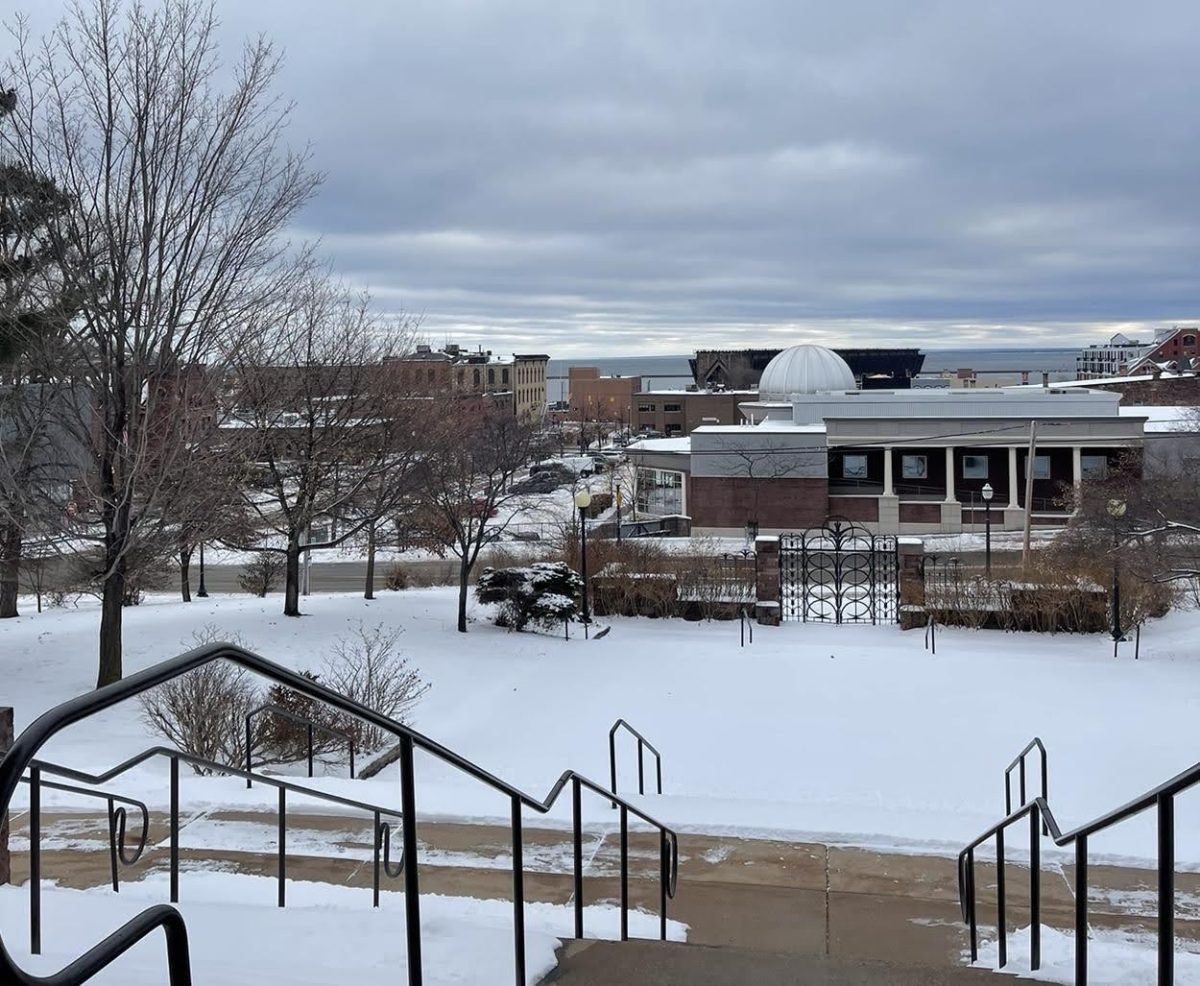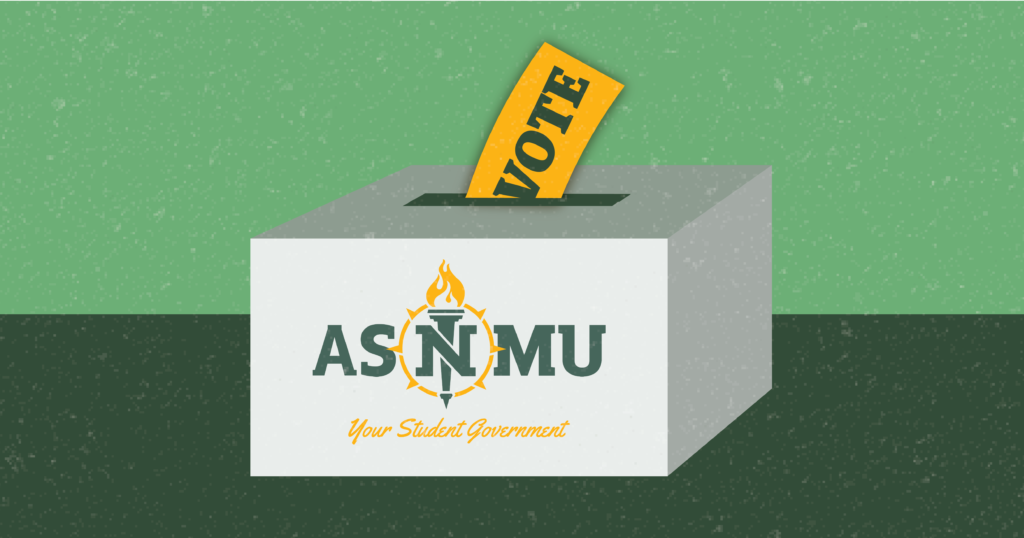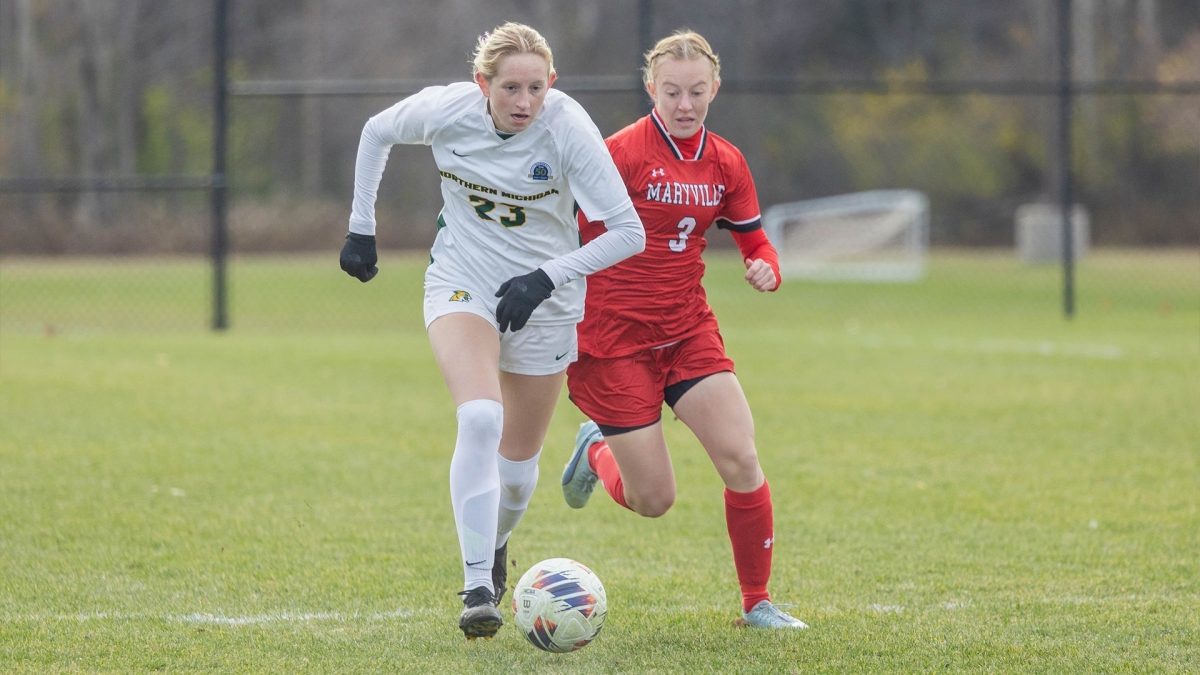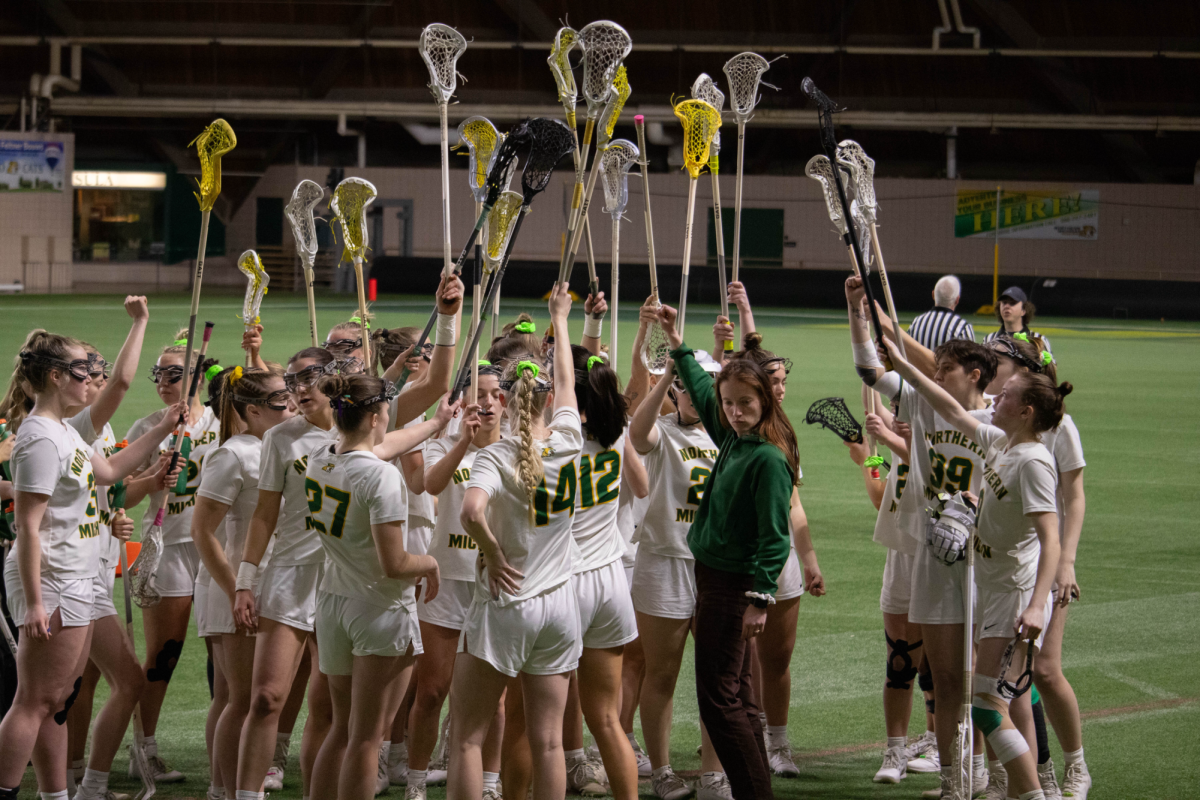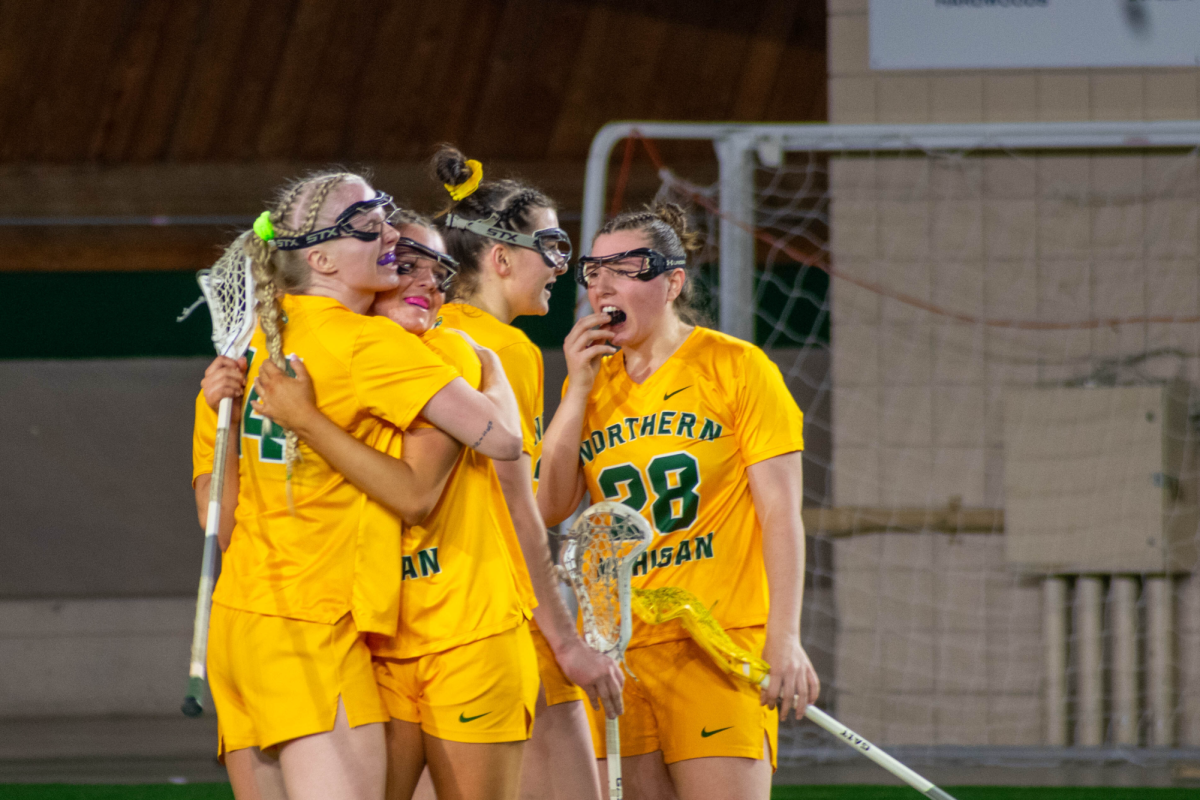Last week, video footage surfaced highlighting oil pipelines owned by Enbridge — a Canadian oil company — running underneath the Great Lakes. The National Wildlife Federation (NWF) was permitted to take a camera down to the depths of the Straits of Mackinac, despite Enbridge’s reluctance. The video and photographs depict a rusted, eroding and volatile pipeline installed 60 years ago this year.

Enbridge’s pipeline, Line 5 (technically composed of two pipelines), transports tar-sands oil from Superior, Wis. through the Straits of Mackinac to a refinery in Sarnia, Canada, near the aptly named “Chemical Valley,” regarding the myriad of chemical refineries native to the area.
Line 5 has been relatively under-the-radar, due to its age and the fact that no ruptures have happened yet. What the video reveals is a disaster waiting to happen. If the pipeline ruptures, researchers estimate that upwards of 500,000 gallons of oil would be released into the Great Lakes, about the scale of the 1989 Exxon-Valdez spill.
Enbridge is notorious for cutting financial corners. They have been responsible for a multitude of oil spills in the Great Lakes region, including the 2010 Kalamazoo River oil spill that released 1,000,000 gallons of crude tar-sands oil into the Kalamazoo River watershed.
This was the largest on-land oil spill in United States history. Despite the site being “cleaned up,” the residual effects associated with Enbridge’s Kalamazoo disaster are still to be seen. Enbridge was fined $3.7 million for 22 violations associated with the spill, but taxpayers footed the clean-up bill with a whopping $767 million. Not only was this the largest on-land spill in U.S. history, it was also the costliest.
If Enbridge is responsible for the pipeline, then surely it’s responsible for the structural quality. In the case of Kalamazoo, Mich., the 40-year-old pipeline, deemed Line 6B, was faulted in the structural lining. If Line 6B was built 40 years ago, it’s entirely plausible that Line 5 is perhaps more volatile, considering the wave of federal environmental regulations that came in the two decades between Line 6B and Line 5, including the Clean Water and Clean Air Acts.
But here’s why Line 5 is now getting attention: Enbridge is seeking permission to double the pressure of the 60-year-old pipeline. How’s that for audacious? Never mind that the ecosystem harboring the decaying pipeline is also the largest surface mass of freshwater in the world. Never mind the quality of life produced by this ecological gift. Nevermind the economic benefits from keeping this ecosystem intact. Never mind that this particular company has been responsible for more than 800 oil spills in Canada and the United States, with nine spills in the Great Lakes region alone. There’s money to make.
To be fair, this pipeline is set to transport diluted bitumen, which requires a higher pressure due to its higher density. Diluted bitumen is raw tar-sands oil, a thick, sediment-filled form of oil that is extracted right from the surface ground in Alberta, as opposed to drilling, as seen in conventional oil extraction.
The problem with tar-sands oil is that, being so thick, costs of refinement are higher than the energy returned. Tar-sands would not be financially beneficial were it not for government subsidies (via tax-dollars) to the oil industry. That we (you and I) pay for a portion of the extraction and refinement, buy the fuel for our cars, and then pay for the clean-up costs if disaster strikes is part of the inherent irony of the energy industry. This industry’s viability directly depends on our taxes, regardless of whether or not we desire those subsidies.
If Line 5 ruptures, the costs will be utterly incomprehensible. Enbridge will likely have their wrists slapped, pay for the fines with subsidy money and continue business as usual. After all, they pay their auditors to find the cheapest route to the highest profit. Taxpayers have no such privilege.
This pipeline should not have been built. It was. The operation should not expand. It likely will. This should not be a partisan issue. Our qualities of life rely on the quality of the Great Lakes. Economic growth may be desired, but it should not come at the expense of the communities who make up the economy. And surely these communities must not come second to the bottom line of Enbridge’s shareholders.
After all, we are stakeholders, and these stakes are high.




